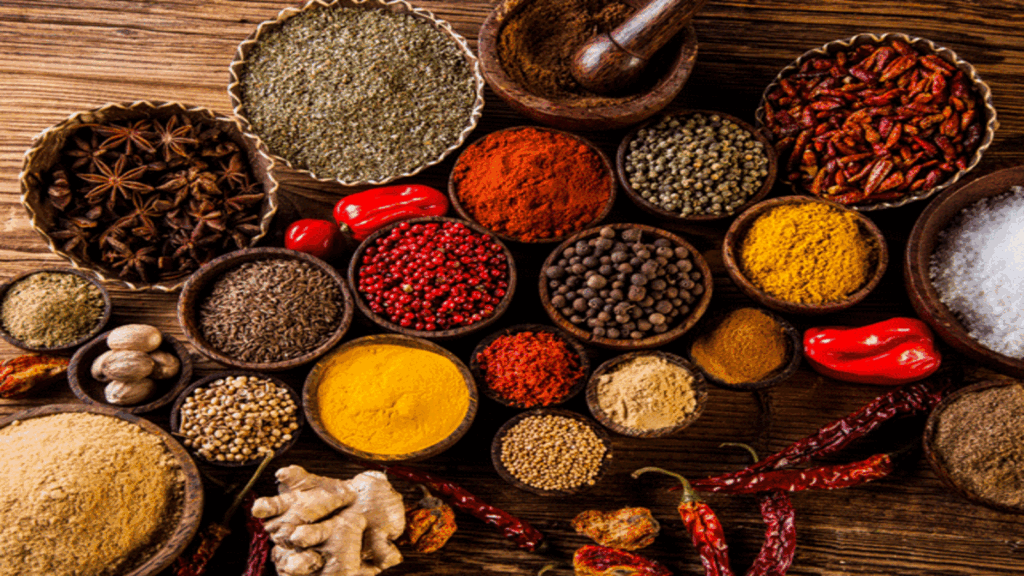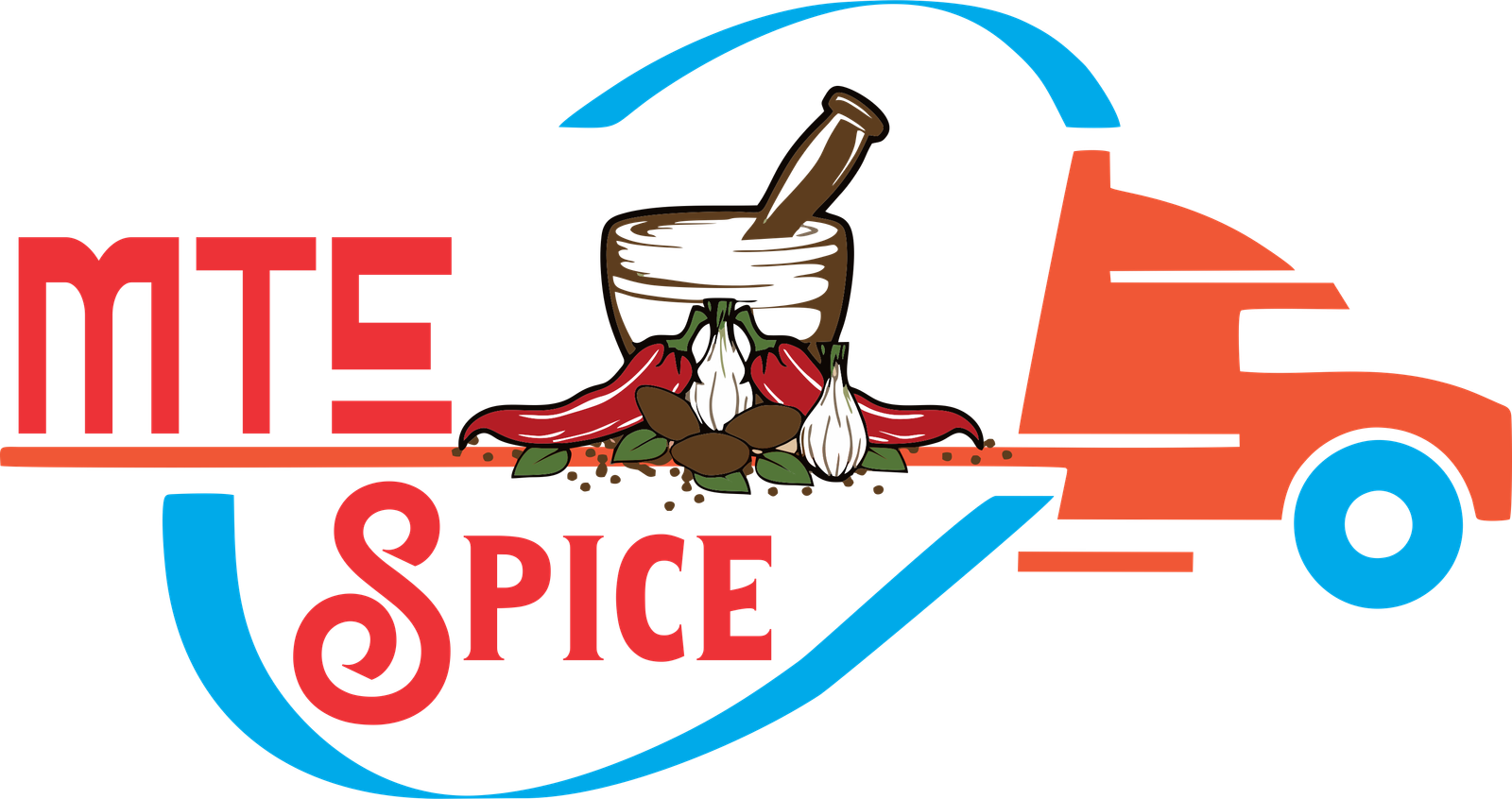How the Spice Export Market Has Evolved Over the Years
How the Spice Export Market Has Evolved Over the Years: The spice trade has undergone dramatic changes for several years. The impact of its growth can not be neglected. This trade is the oldest and one of the most storied industries in individual history. From traditional routes to the digital age, it is a fascinating story of cultural exchange and technological advancements. In the early days, spices such as cloves, black pepper, nutmeg, and cinnamon were precious metals and were used for several other purposes, including medical and preservative usage.
Decades ago, the spice trade was limited to the wealthiest people, but the advancement of technology, communication, and transportation has made quality spices available in every corner of the world. Nowadays, excellent quality spices can be taken just by clicking on a button. This blog will explain How the Spice Export Market Has Evolved Over the Years.
How the Spice Export Market Has Evolved Over the Years?

The Influence of Globalization on Spice Exports
Globalization has monumentally changed the spice trade. It makes spices available in different parts of the world. Owing to communication as well as transportation, the spice trade barriers have been mitigated. Nowadays, the spice market has become widely interconnected. There are several countries that produce a diverse range of high-quality spices. Globalization is considered one of the key points of How the Spice Export Market Has Evolved Over the Years. India, South America, and Africa are known as key spice producers and exporters.
Spices and Their Role in Cross-cultural Exchange
Spices play a prominent role in cross-cultural exchange. This exchange is not only of spices but also of customs, ideas, and knowledge. There are several spices like black pepper, cloves, dry chili, and nutmeg that have served as cultural connectors. The influence of spices on culinary practices is broad. For instance, Indian spices have remarkably shaped British cuisine. Furthermore, North America uses oregano, cilantro, and chipotle spices which are from Latin America.
Technological Innovations in Spice Harvesting & Processing
With the advancement in technology, the spice industry also changed a lot. This advancement enhanced the efficiency as well as the quality of spice production. Innovations in harvesting machinery, processing, and irrigation techniques helped farmers the most in growing spices effectively and at wide scales. There are certain spices, such as dry chili and black pepper, that were traditionally harvested by hand. Nowadays, there are numerous machines for harvesting and processing.
Challenges Faced by Spice Exporters
There are ample challenges Spice exporters have to face, which impact the production as well as the supply of spices. One of these challenges that the Spice Exporter in India has to face is climate change, which affects the yield of spices grown in India and Sri Lanka. Owing to unpredictable weather, geopolitical instability, or pest outbreaks, exporters have to suffer a lot. Nowadays, the demand for organic and sustainable products is at its peak which increases the production costs.
Certifications in Modern Spice Exports
Organic, Fair Trade and Rainforest Alliance are the certifications that are widely imperative in the spice export market. All these certifications are beneficial in building trust among customers. For instance, the certification of Fair Trade guarantees that farmers are paid fairly and defines that they use ethical farming practices that meet not only environmental but also social standards. On the other hand organic certification ensures customers that spices are grown without synthetic pesticides.
The Role of Spice Exports in Economic Development
The production and supply of spices play a prominent role in economic development. There are some nations like India, Indonesia, and Sri Lanka where the spice industry offers job opportunities for packaging, processing, and other logistics. It is considered an imperative income source for smallholder farmers. Another thing is that the growing demand for organically produced spices opened numerous opportunities to get higher prices for these organic spices.
Growing Demand for Medicinal Spices
Certain spices such as ginger, turmeric, cloves, and cinnamon are known for their antioxidant and anti-inflammatory properties. Therefore, the demand for medicinal spices is at its peak, owing to individuals becoming health-conscious. Medical spices are creating new opportunities for exporters. These spices are incorporated into supplements and beauty products. This is the pivotal reason How the Spice Export Market Has Evolved Over the Years.
Spices and the Future of Sustainable Agriculture
In many countries, spice producers are integrating eco-friendly farming practices. These practices curb environmental impact. Farmers use regenerative methods to enhance soil health and biodiversity. Due to this, the land will remain fertile for upcoming generations. As individuals continue to focus on sustainable and ethically sourced spices, the demand for eco-friendly farming practices will continue to grow in the future as well.
The Importance of Spice Packaging and Branding
The branding and packaging of spices play an imperative role in the spice export world. Nowadays, exporters use attractive packaging with their brand that defines all the ingredients present in the product. This packaging is informative and eye-catching for customers. There are numerous brands that focus on storytelling to gain customers’ attention. Exporters highlight their ethical practices and the benefits of spices that they export.
Wrapping Up!
The spice export market has changed dramatically with the evolution of technology. There are multifarious countries that are using new methods for the production of quality and affordable spices, and have successfully established themseleves as the top spices and dry chilli exporters in India. Farmers use the latest machinery for harvesting and irrigation of spices. There are certain certifications that are also considered essential for the business of spice export and import. These changes bring immense improvement in the supply and growth of quality spices. We hope the “How the Spice Export Market Has Evolved Over the Years” blog will be beneficial for you.
